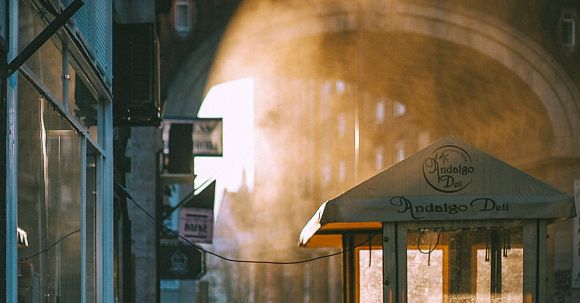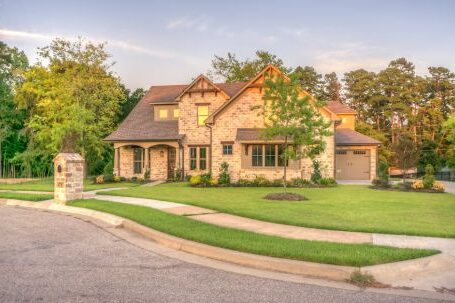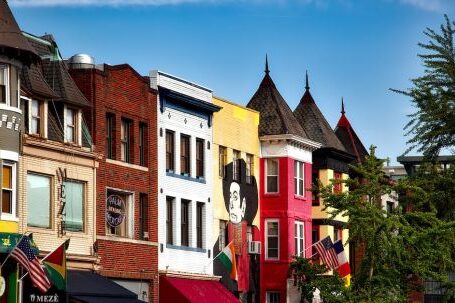Urban renewal has become a buzzword in recent years, as cities across the globe are striving to revitalize their neighborhoods and create spaces that are vibrant, sustainable, and inclusive. This process involves transforming areas that have fallen into disrepair or disuse into thriving communities that attract residents, businesses, and visitors alike. With a focus on innovative design, community engagement, and sustainable practices, urban renewal projects are breathing new life into once-neglected neighborhoods.
Revitalizing Spaces with Innovative Design
One of the key elements of urban renewal is the use of innovative design to transform spaces. This can involve repurposing existing buildings, creating green spaces, or designing modern and functional structures that fit the needs of the community. By incorporating elements such as public art, pedestrian-friendly streets, and mixed-use developments, urban renewal projects are able to create environments that are not only aesthetically pleasing but also functional and practical.
Engaging the Community
Successful urban renewal projects prioritize community engagement throughout the entire process. By involving residents, businesses, and other stakeholders, planners can ensure that the revitalization efforts are aligned with the needs and desires of the community. This can include hosting public meetings, soliciting input through surveys and workshops, and establishing partnerships with local organizations. By actively involving the community, urban renewal projects can create a sense of ownership and pride, leading to long-term sustainability and success.
Creating Sustainable Communities
Another important aspect of urban renewal is the focus on creating sustainable communities. This involves incorporating environmentally friendly practices and technologies into the design and construction of buildings and infrastructure. From energy-efficient buildings to green spaces that promote biodiversity, sustainable urban renewal projects strive to minimize their impact on the environment and enhance the quality of life for residents. Additionally, by prioritizing public transportation, walkability, and bike-friendly infrastructure, these projects aim to reduce reliance on cars and promote healthier, more active lifestyles.
Case Study: The High Line, New York City
One of the most iconic examples of successful urban renewal is the High Line in New York City. This elevated park was created on a historic freight rail line that had been abandoned for decades. Through a combination of innovative design, community involvement, and sustainable practices, the High Line transformed a neglected industrial area into a vibrant public space that attracts millions of visitors each year. The project not only revitalized the surrounding neighborhood but also served as a catalyst for economic growth and development.
The Future of Urban Renewal
As cities continue to grow and evolve, the need for urban renewal projects will only increase. Rapid urbanization, climate change, and social inequality are just some of the challenges that cities face today. However, by embracing innovative design, community engagement, and sustainable practices, urban renewal projects have the potential to reshape neighborhoods and create cities that are more livable, resilient, and inclusive.
In conclusion, urban renewal is a powerful tool for transforming neighborhoods and creating spaces that thrive with new energy. By focusing on innovative design, community engagement, and sustainable practices, cities can revitalize areas that have fallen into disrepair and create vibrant communities that attract residents, businesses, and visitors. The success of projects such as the High Line in New York City demonstrates the transformative power of urban renewal. As cities continue to grow and face new challenges, urban renewal will play an increasingly important role in shaping the future of our neighborhoods and cities.





